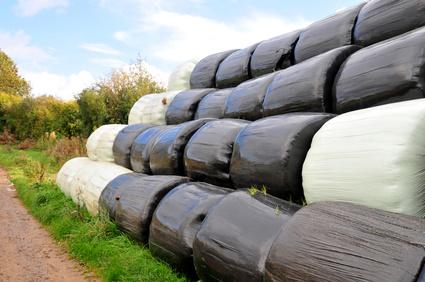New study looks at the role plastic films play in global food production
In order to feed a global population, which is expected to top nine billion people by 2050, the world must reduce food waste and the distribution of food needs to be improved and food production increased. At the same time, agriculture faces challenges due to changing economic and environmental trends including climate change, biofuel expansion, slowing agricultural yields, rising meat demand and ever increasing calorie intake from a growing global middle class. It is estimated that by 2050, about 70% of the global population will be urban, compared to 50% today.
July 25, 2014
In order to feed a global population, which is expected to top nine billion people by 2050, the world must reduce food waste and the distribution of food needs to be improved and food production increased. At the same time, agriculture faces challenges due to changing economic and environmental trends including climate change, biofuel expansion, slowing agricultural yields, rising meat demand and ever increasing calorie intake from a growing global middle class. It is estimated that by 2050, about 70% of the global population will be urban, compared to 50% today.
As a result, AMI Consulting took a closer look at the European agriculture sector in a new market report. The agricultural sector is forced to produce more food of increasing quality on less land within a shorter space of time using less resources, while generating minimum waste. Extending the growing season and increasing yields of land have been and will remain the main drivers for the use of agricultural films. In addition, plastic films protect the crops, which has direct implications on the crop's quality.
The European market for agricultural film has been experiencing steady growth over the past decade exceeding half a million tons in 2013. Spain and Italy are the largest markets overall, accounting for almost 40% of demand, primarily driven by their intensive horticultural activity where large quantities of greenhouse and mulch films are used. In contrast, Northern Europe with vast areas of grass land is a major producer of animal fodder and has significant consumption of silage films both silage sheet and stretch wrap.
 Silage film is forecasted to grow by just over 1% a year over the next five year period is going to be driven primarily by booming biomass production, demand for increasing quality of fodder and reduction of spoilage, increased number of dairy cows, increasing nutritional intake per cow, silage being increasingly fed to horses and haylage being also increasingly baled and wrapped.
Silage film is forecasted to grow by just over 1% a year over the next five year period is going to be driven primarily by booming biomass production, demand for increasing quality of fodder and reduction of spoilage, increased number of dairy cows, increasing nutritional intake per cow, silage being increasingly fed to horses and haylage being also increasingly baled and wrapped.
Consumption of conventional mulch film in tonnage terms is forecast to decline slightly over the next five years as a result of the relative maturity of the market, shrinking of the area for crop cultivation and the need for the reduction of post-use plastic waste (by downgauging or by using biodegradable films instead).
Market trends for greenhouse film demand are very similar to mulch films as both types of films are increasingly used in combination. The European market is a mature one and with one season films being gradually replaced by films lasting up to 5 years, in tonnage terms the market has seen a decline and the process is expected to continue for the next five years.
The market is increasingly driven by value rather than volume. In order to increase market share in an oversupplied market, film companies will strive to develop innovative customized high performance thinner multilayer films and as well as look at opportunities for further consolidation. Some of the most recent major takeovers include RKW acquiring Hyplast and Biofol Film, ITW Mima's industrial films business being acquired by the US-based Carlyle Group, Morera & Vallejo acquiring the bankrupt TPM group in Spain and Unterland being acquired by the Britton Group now rebranded as Coveris.
About the Author(s)
You May Also Like


